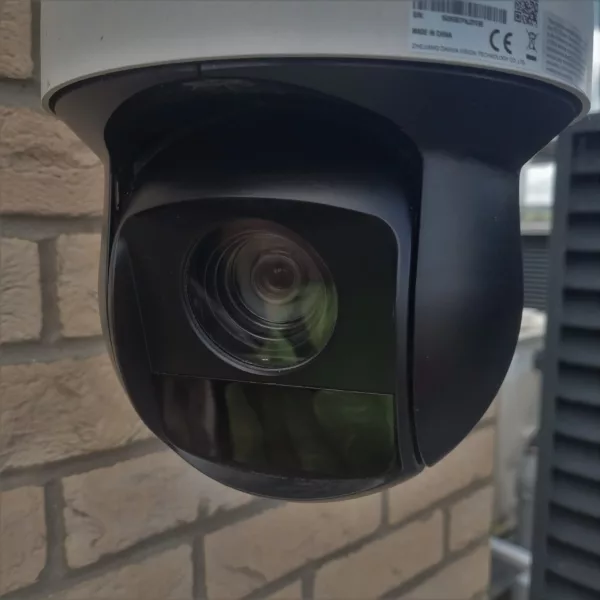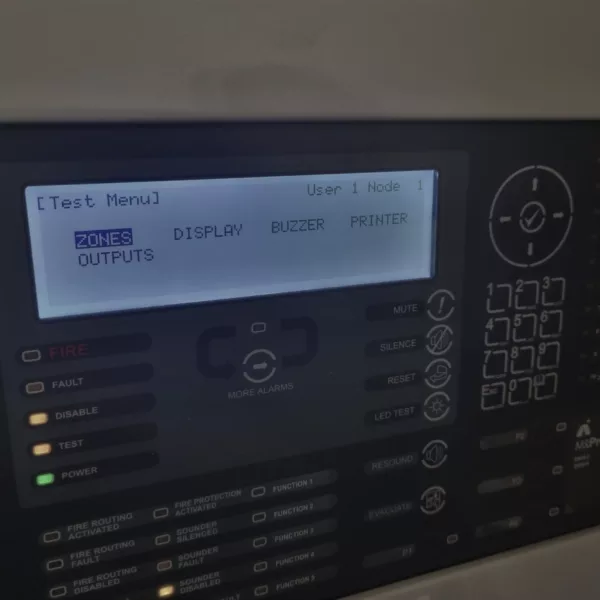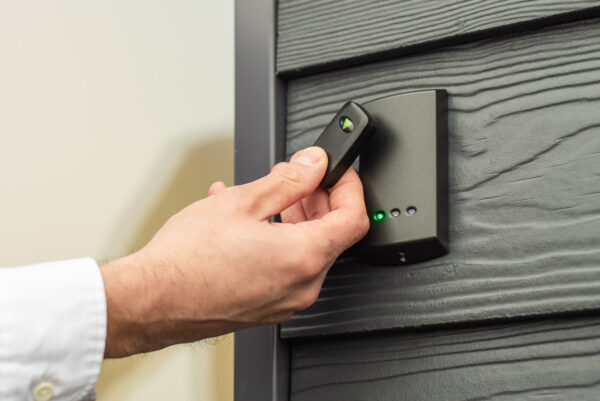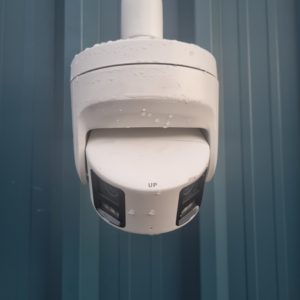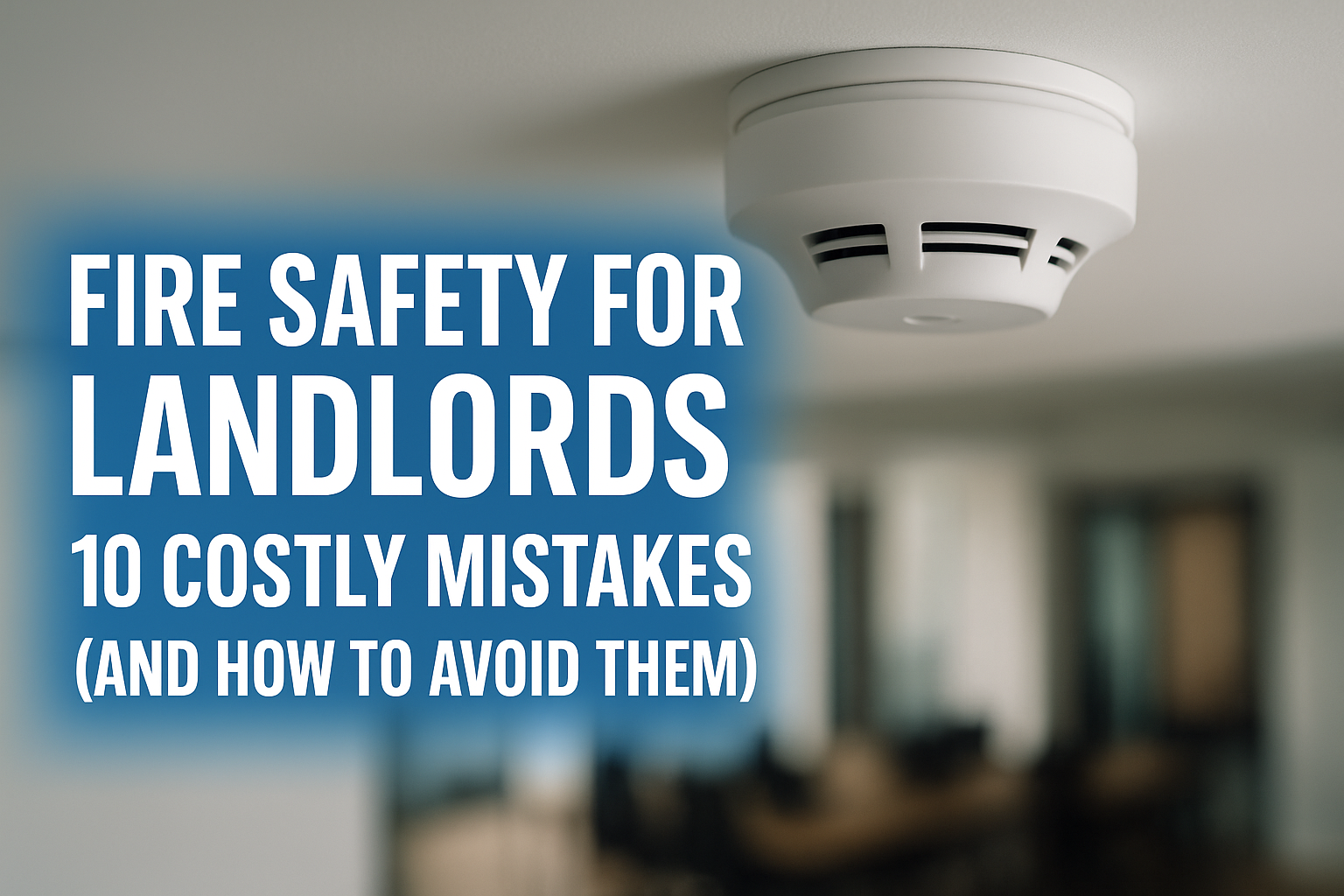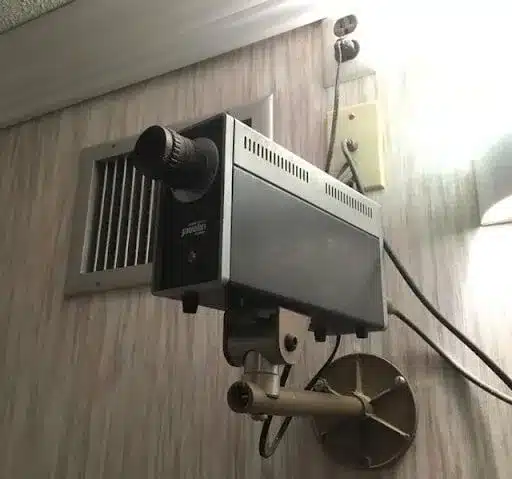
Closed-circuit television, or CCTV systems, have a storied history that began nearly a century ago. From the invention of CCTV and the early stages in the late 1920s to the sophisticated technologies of today, CCTV has played a crucial role in surveillance and security worldwide. If you want to learn what CCTV stands for, you can read all about it in this link. Now, let’s journey through the milestones of CCTV, from its inception to the advancements shaping its future in 2024.
CCTV Invention in the Early Beginnings and World War II (1920s–1940s)
The concept of CCTV and the invention of CCTV can be traced back to 1927, when Russian inventor Leon Theremin developed an early form of video surveillance known as the “radiovisor.” This device could remotely monitor areas using radio transmission. However, it wasn’t until the 1940s, during World War II, that CCTV systems gained significant traction. German engineers utilised CCTV to monitor the launch of V-2 rockets, marking one of the earliest documented wartime uses of video surveillance technology.
Post-War Expansion and Analogue Era (1950s–1970s)
Following World War II, CCTV systems evolved rapidly, primarily in the government and industrial sectors. In the 1950s, commercial applications began to emerge, with analogue cameras connected to monitors via closed circuits. These systems were used predominantly for security purposes in banks, retail stores, and public transportation hubs. By the 1970s, VCR technology had become integrated with CCTV, enabling the recording and playback of video footage for investigative and archival purposes.
Technological Advancements and Digital Transition (1980s–2000s)
The 1980s marked a transformative period for CCTV systems with the introduction of digital technology. Digital video recorders (DVRs) replaced VCRs, offering improved recording quality, storage capacity, and the ability to store footage on hard drives. This transition from analogue to digital paved the way for enhanced image resolution, remote monitoring capabilities, and integration with computer networks.
Throughout the 1990s and into the early 2000s, CCTV systems became more accessible and affordable, leading to widespread adoption across various sectors. The integration of internet protocol (IP) cameras enabled remote access to live video feeds via the internet, revolutionising surveillance practices and enhancing operational efficiency.
Modern Innovations and Future Trends (2010–2024)
In recent years, CCTV systems have undergone rapid advancements driven by artificial intelligence (AI) and machine learning technologies. AI-powered video analytics now enable advanced functionalities such as facial recognition, object detection, and behavioural analysis. These capabilities enhance security measures by identifying potential threats in real-time and automating response protocols.
As we approach 2024, CCTV systems continue to evolve with the integration of 4K and even 8K resolution cameras, offering unparalleled clarity and detail in video surveillance. Cloud-based storage solutions have also become prevalent, providing scalable storage options and facilitating seamless integration with other smart technologies.
Conclusion of the invention of CCTV
The evolution of CCTV from its inception in 1927 to the cutting-edge systems of 2024 highlights its vital role in modern surveillance and security practices. From humble beginnings during World War II to today’s AI-powered systems, CCTV has continuously adapted to meet the growing demands of safety and efficiency. As we look ahead, the future promises further innovations in AI, IoT (Internet of Things) integration, and predictive analytics, shaping the next generation of CCTV technologies.
What are your thoughts on the evolution of CCTV systems? Have you witnessed the impact of these technologies firsthand? Share your experiences and insights in the comments below!
Reviewed: 17/06/2024 Our articles are reviewed regularly. However, any changes made to standards or legislation following the review date will not have been considered. Please note that we provide abridged, easy-to-understand guidance. To make detailed decisions about your fire safety provisions, you might require further advice or need to consult the full standards and legislation.
Share this article
Written by : Michael Winter
Follow us
A quick overview of the topics covered in this article.
Latest articles
November 20, 2025
November 20, 2025
November 20, 2025


